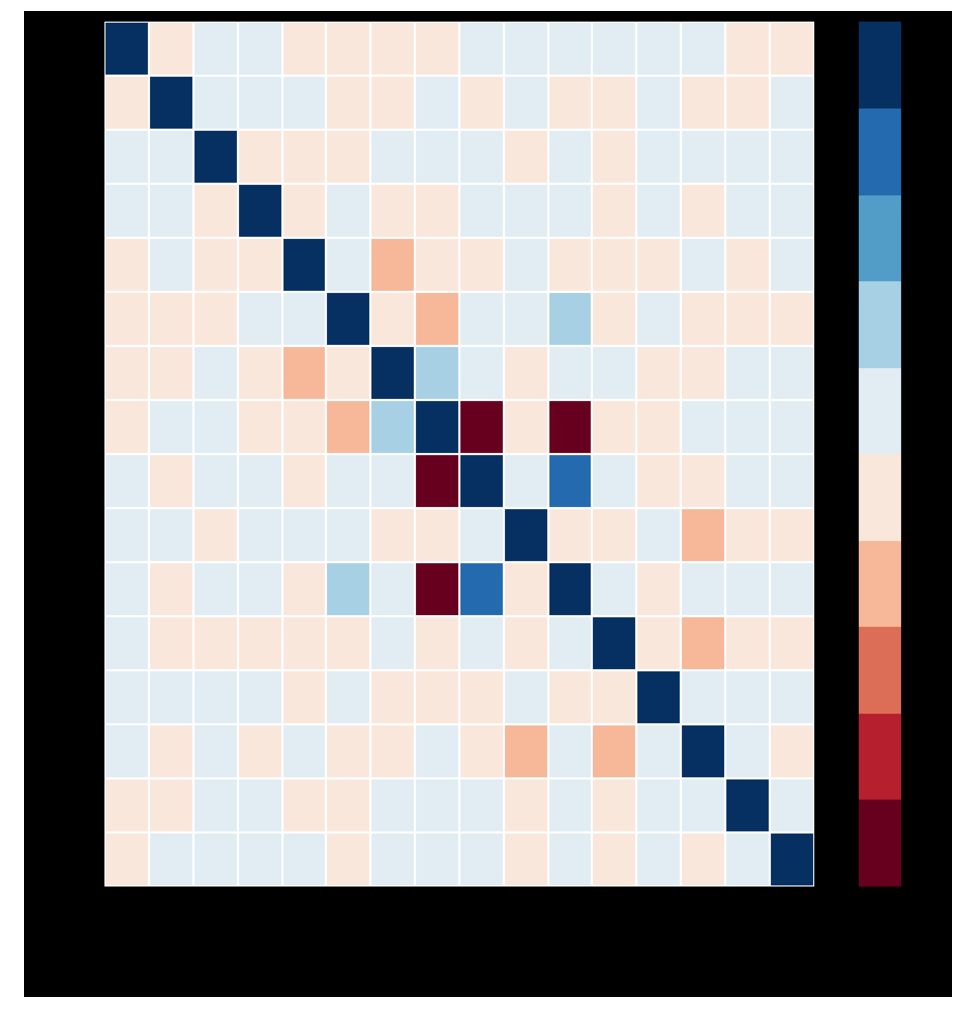Observational constraints on early coupled quintessence
By Martin Kilbinger
/ April 3, 2024
Authors: Lisa W. K. Goh, Joan Bachs-Esteban, Adrià Gómez-Valent, Valeria Pettorino, Javier Rubio Journal: Physical Review D Year: 2023 DOI: https://doi.org/10.1103/PhysRevD.109.023530 Download: ADS |...
Read More
Constraining constant and tomographic coupled dark energy with low-redshift and high-redshift probes
By Martin Kilbinger
/ April 3, 2024
Authors: Lisa W. K. Goh, Adrià Gómez-Valent, Valeria Pettorino, Martin Kilbinger Journal: Physical Review D Year: 2023 DOI: https://doi.org/10.1103/PhysRevD.107.083503 Download: ADS | arXiv...
Read More
Rethinking data-driven point spread function modeling with a differentiable optical model
By Jean-Luc Starck
/ February 25, 2023
Authors: Tobias Liaudat, Jean-Luc Starck, Martin Kilbinger, Pierre-Antoine Frugier Journal: Inverse Problems Year: 2023 DOI: Download: ADS | arXiv...
Read More
Deep Learning-based galaxy image deconvolution
By Jean-Luc Starck
/ February 25, 2023
Authors: Utsav Akhaury, Jean-Luc Starck, Pascale Jablonka, Frédéric Courbin, Kevin Michalewicz Journal: A&A Year: 2022 DOI: Download: ADS | arXiv Abstract With the...
Read More
UNIONS: The impact of systematic errors on weak-lensing peak counts
By Samuel Farrens
/ July 7, 2022
Authors: E. Ayçoberry, V. Ajani, A. Guinot, M. Kilbinger, V. Pettorino, S. Farrens, J.-L. Starck, R. Gavazzi, M. Hudson...
Read More
Observational constraints on early coupled quintessence
Authors: Lisa W. K. Goh, Joan Bachs-Esteban, Adrià Gómez-Valent, Valeria Pettorino, Javier Rubio Journal: Physical Review D Year: 2023 DOI: https://doi.org/10.1103/PhysRevD.109.023530 Download: ADS | arXiv ...
Constraining constant and tomographic coupled dark energy with low-redshift and high-redshift probes
Authors: Lisa W. K. Goh, Adrià Gómez-Valent, Valeria Pettorino, Martin Kilbinger Journal: Physical Review D Year: 2023 DOI: https://doi.org/10.1103/PhysRevD.107.083503 Download: ADS | arXiv Abstract ...
Rethinking data-driven point spread function modeling with a differentiable optical model
Authors: Tobias Liaudat, Jean-Luc Starck, Martin Kilbinger, Pierre-Antoine Frugier Journal: Inverse Problems Year: 2023 DOI: Download: ADS | arXiv Abstract ...
Deep Learning-based galaxy image deconvolution
Authors: Utsav Akhaury, Jean-Luc Starck, Pascale Jablonka, Frédéric Courbin, Kevin Michalewicz Journal: A&A Year: 2022 DOI: Download: ADS | arXiv Abstract With the onset ...
UNIONS: The impact of systematic errors on weak-lensing peak counts
Authors: E. Ayçoberry, V. Ajani, A. Guinot, M. Kilbinger, V. Pettorino, S. Farrens, J.-L. Starck, R. Gavazzi, M. Hudson Journal: ...
ShapePipe: a new shape measurement pipeline and weak-lensing application to UNIONS/CFIS data
Authors: A. Guinot, M. Kilbinger, S. Farrens, A. Peel, A. Pujol, M. Schmitz, J.-L. Starck, T. Erben, R. Gavazzi, S ...
ShapePipe: A modular weak-lensing processing and analysis pipeline
Authors: S. Farrens, A. Guinot, M. Kilbinger, T. Liaudat , L. Baumont, X. Jimenez, A. Peel , A. Pujol , ...
AMICO galaxy clusters in KiDS-DR3: measurement of the halo bias and power spectrum normalization from a stacked weak lensing analysis
Authors: L. Ingoglia, G. Covone, M. Sereno, ..., S. Farrens, et al. Journal: MNRAS Year: 2022 DOI: 10.1093/mnras/stac046 Download: ADS | ...
Early dark energy in the pre- and post-recombination epochs
Early dark energy in the pre- and postrecombination epochs Authors: Adrià Gómez-Valent, Ziyang Zheng, Luca Amendola, Valeria Pettorino, Christof Wetterich Journal: PRD Year: ...
Deep transfer learning for blended source identification in galaxy survey data
Authors: S. Farrens, A. Lacan, A. Guinot, A. Z. Vitorelli Journal: A&A Year: 2022 DOI: 10.1051/0004-6361/202141166 Download: ADS | arXiv Abstract ...


